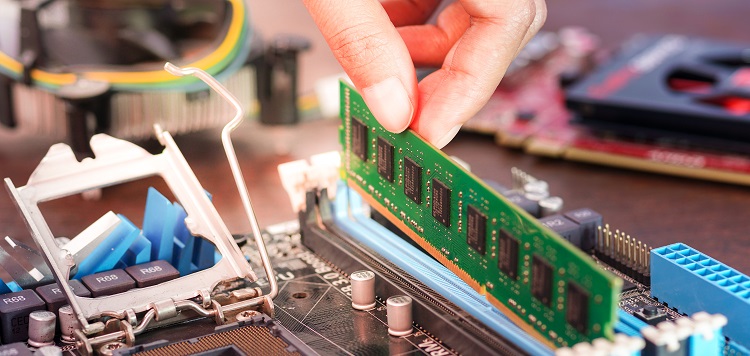Computer systems have evolved significantly since their introduction, with newer and more advanced technologies emerging at an unprecedented rate. Alongside this progress, however, the demand for higher memory capacity has also increased. As such, the need for efficient memory management mechanisms has become more critical. In this respect, memory swapping has emerged as a valuable technology that helps improve the performance of the operating system. This article provides a detailed overview of memory swapping, its functioning, advantages, limitations, and purpose in memory management.
Functioning of Memory Swapping
Memory swapping is a process by which the computer system exchanges memory between the physical RAM and the hard disk to ensure that only the most critical processes use the physical memory. The primary goal of this process is to improve the utilization of the main memory, which has limited capacity. Processes run based on priority-based preemptive scheduling. When a higher-priority task needs to be performed, space must become available in the main memory for it to be executed properly.
For those processes that are no longer needed in the physical RAM, they are swapped out and into the swap space. This swap space refers to a portion of the hard disk called the swap file. Swapping out less crucial memory requirements from the physical RAM frees up memory and allows for the seamless operation of more applications. Swapping also ensures that memory access remains high, even when the computer system is running on low RAM. Therefore, memory swapping helps increase the level of multiprogramming by enabling more programs to run concurrently and effectively use RAM.
Advantages of memory swapping
Improved Performance – Memory swapping enhances computer system performance by optimizing the use of RAM, which is the most crucial resource of the computing system.
Enhanced Multiprogramming – By using memory swapping, efficient utilization of RAM becomes possible, which results in smooth simultaneous running of multiple programs.
Effective RAM utilization – Memory swapping ensures optimal utilization of RAM to boost overall computer system efficiency.
Limitations of Memory Swapping
Performance bottleneck – Memory swapping, despite its advantages, can become a performance bottleneck, especially when there is insufficient swap space available, read/write to the hard disk becomes slow, or over-dependence on the swap file can reduce performance levels.
Inability to Replace Actual RAM – When triggered by memory swapping, disk storage space cannot offer the same performance as actual RAM used for process execution, which may result in slower processing rates.
The purpose of memory management swapping is to allow the operating system to move data from RAM to the hard disk drive (HDD) when the RAM becomes full, freeing up space for new data. This swapping helps ensure that the computer can continue running smoothly, even when multiple applications are running simultaneously and require more memory than is available in the system’s RAM. The operating system swaps data in and out of RAM as needed, optimizing the use of memory resources and helping to prevent crashes and other types of system errors.
Memory swapping remains a critical process in modern computer systems, enabling optimal utilization of limited physical memory resources. It has numerous benefits, including faster processing speeds, enhanced multiprogramming, improved application execution, among others. Despite its benefits, it has some limitations, such as the depletion of CPU speed, performance issues arising from insufficient swap space, and the potential for data loss. Thus, it is important to weigh these positives and negatives of memory swapping when using it in computing systems. Looking ahead, the role of memory swapping in computer systems is set to continue growing, enabling even better performance and supporting high-end computing applications.

